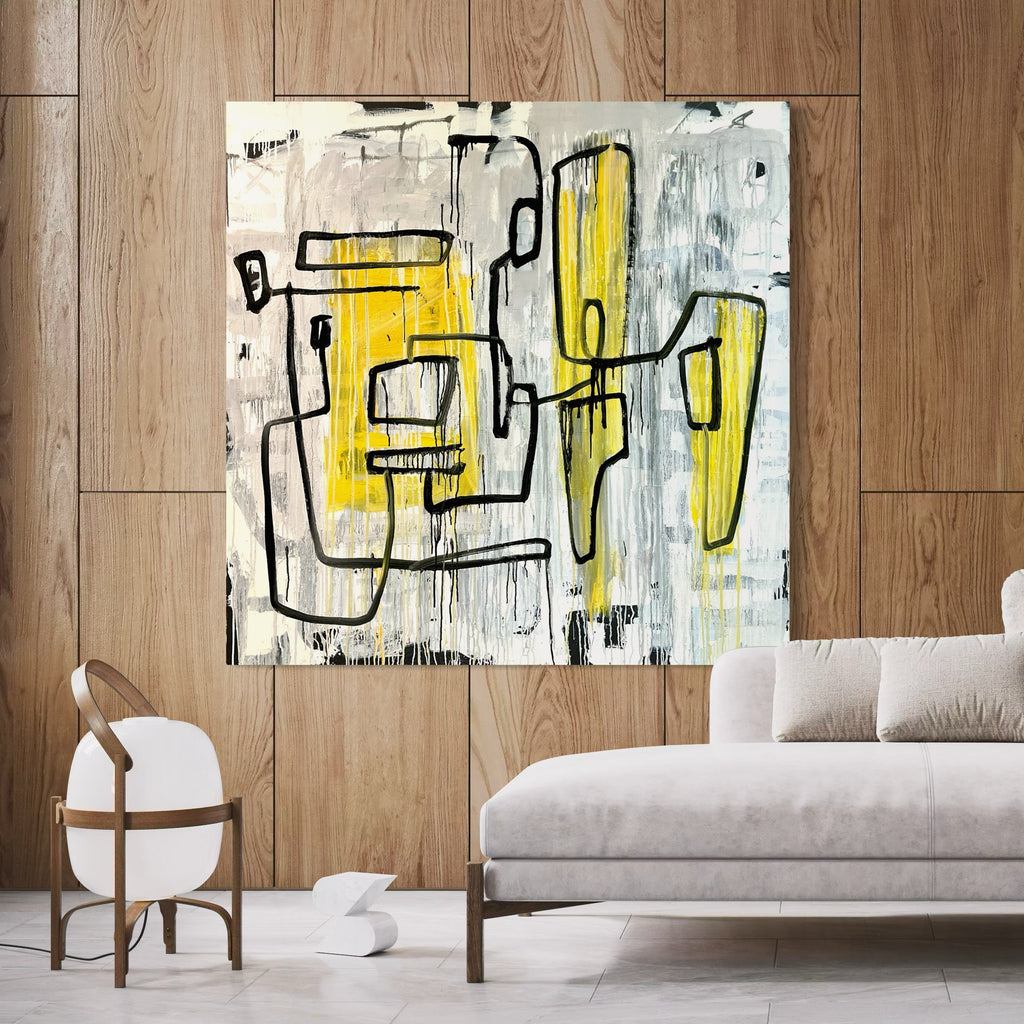Abstract art starts in the void.
There’s no map. No model to copy. No familiar shapes to guide the hand. Just a surface — blank and waiting — and the quiet hum of something stirring beneath it all.
To outsiders, abstract art might seem like chaos, or guesswork, or randomness dressed up in pretension. But for those of us who live in it, who work in it, who build from nothing every time we face the canvas — we know better.
Because creating something from nothing is a kind of reckoning.
It demands trust. Trust in yourself. Trust in the moment. Trust in the strange and invisible thread that runs between instinct and action.
You don’t paint what you see. You paint because you see — differently. You move with what’s not yet there. You listen before there’s anything to hear. You let the paint speak before it knows the words.
And sometimes, it’s brutal. The doubt. The uncertainty. The weight of a blank surface staring back like it’s calling your bluff. But that’s the work. That’s the cost of pulling meaning from the ether.
Because when it does land — when the mess starts to arrange itself, when the colours hit in just the right frequency, when the whole thing suddenly feels alive — you know it wasn’t nothing after all.
It was you all along. Listening. Feeling. Answering.
Making something real from what couldn’t be seen yet.
That’s the magic of abstract art — not in the final image, but in the act of reaching into the unknown and coming back with something only you could find.

